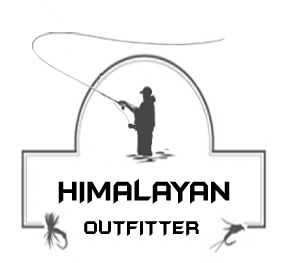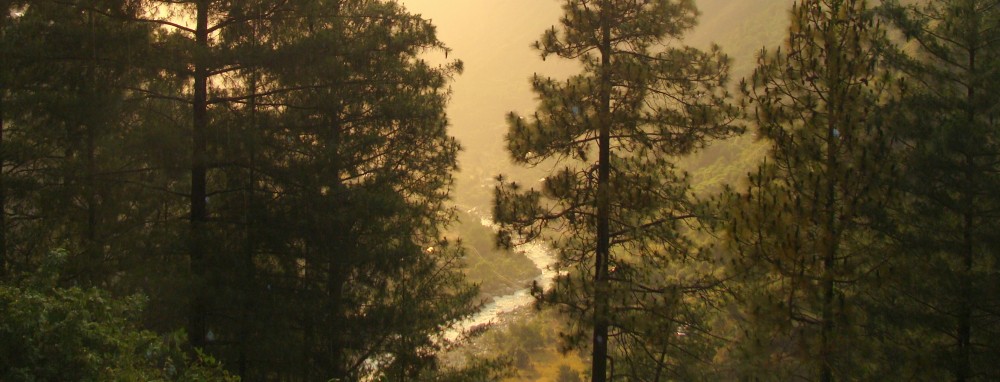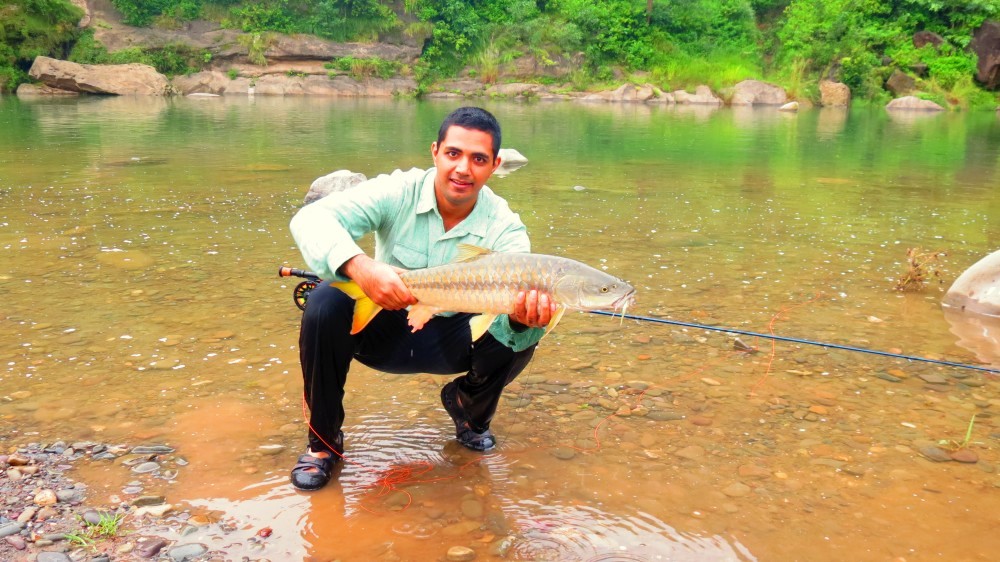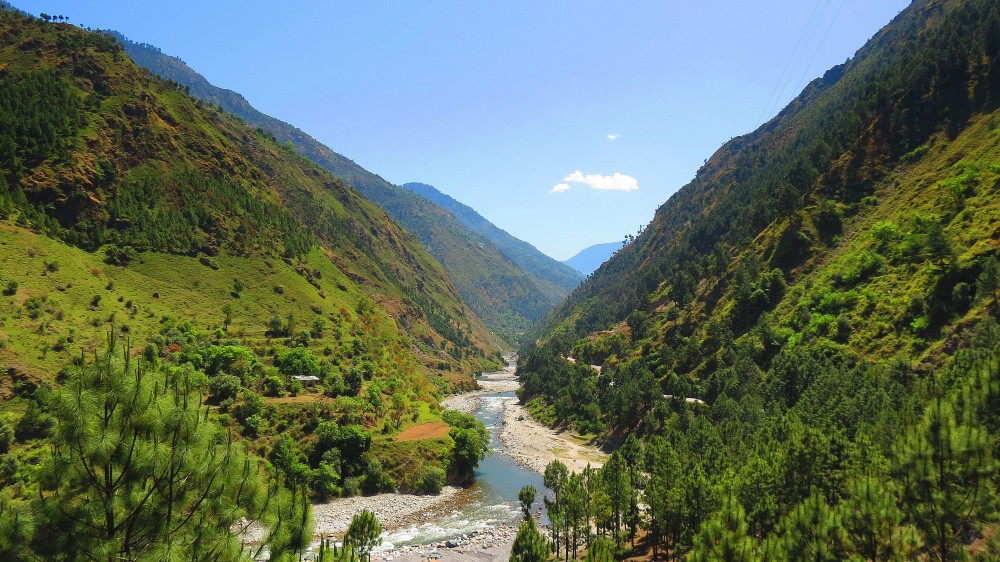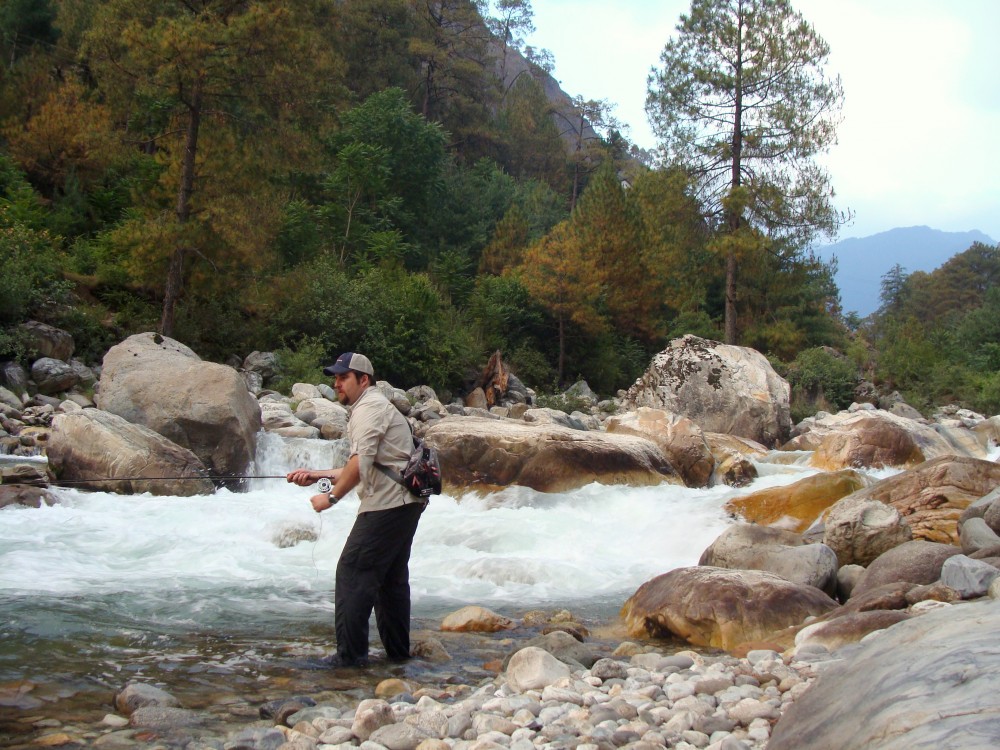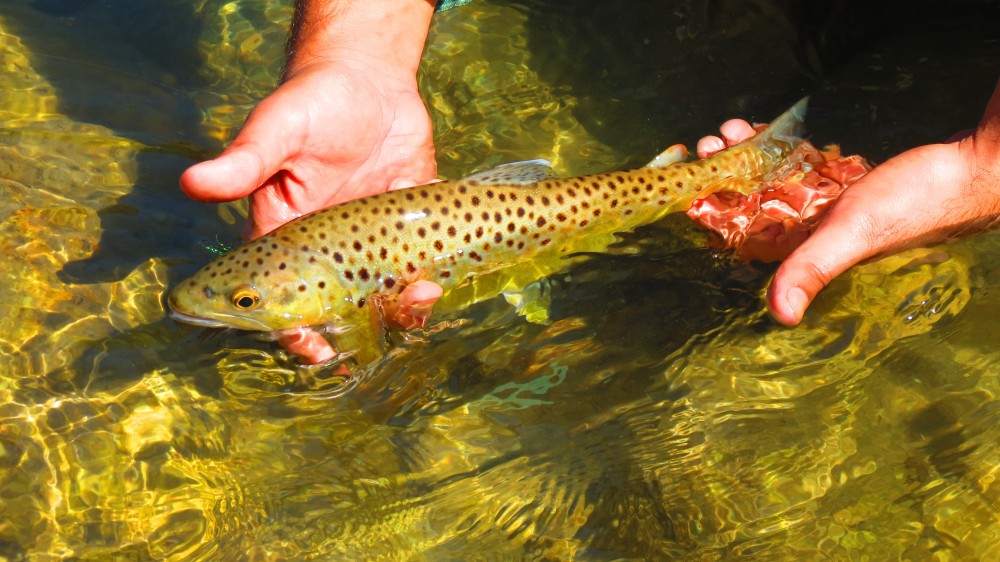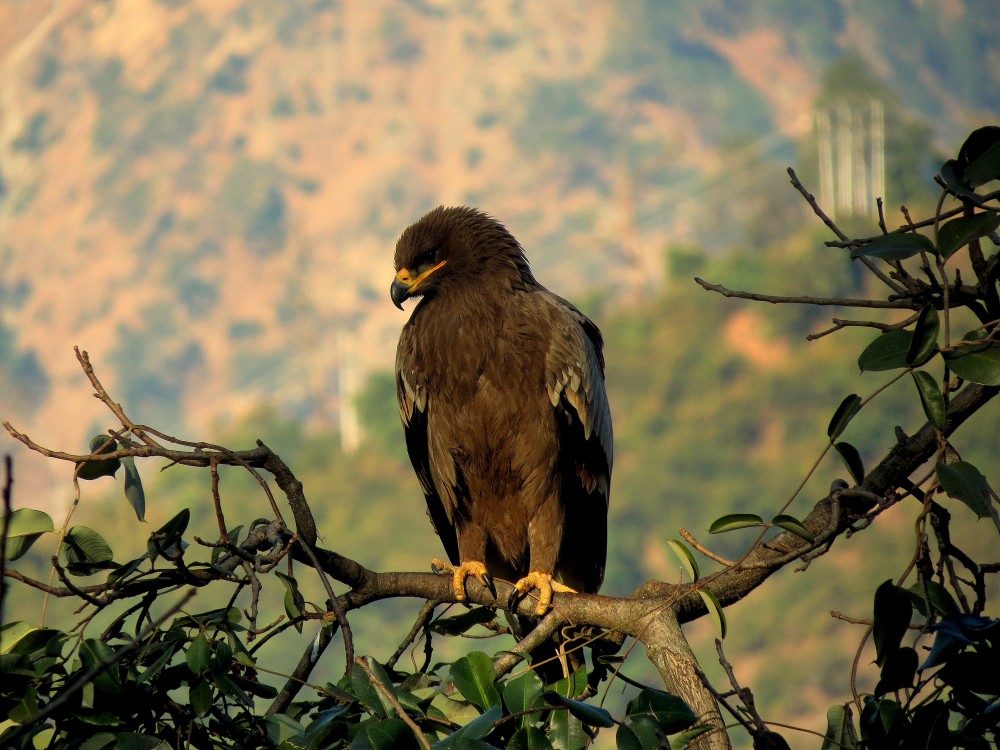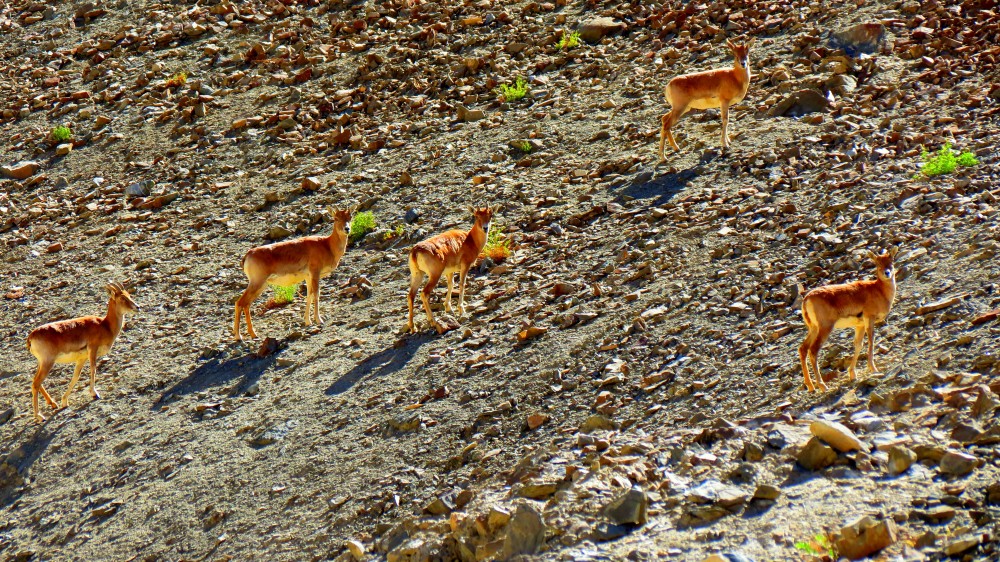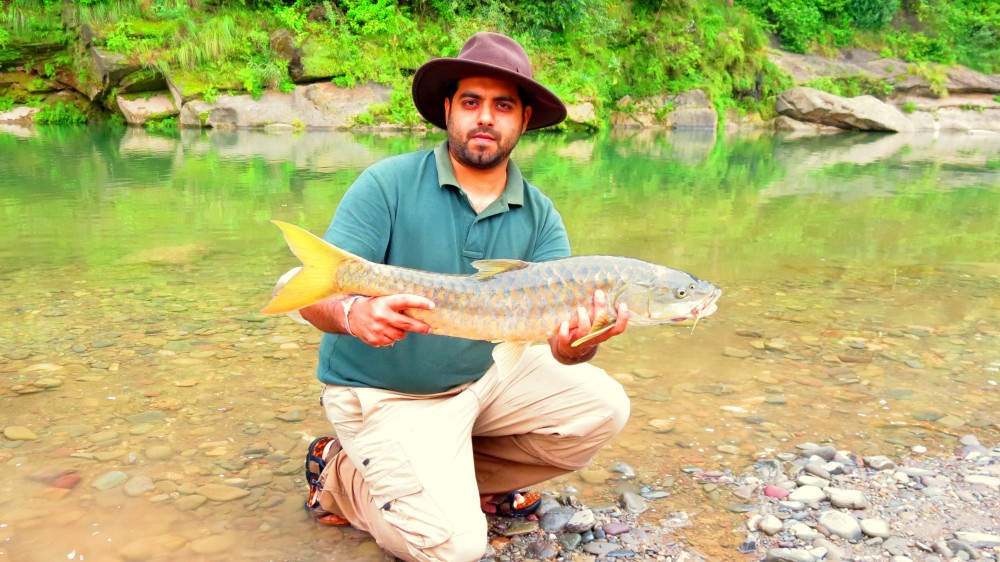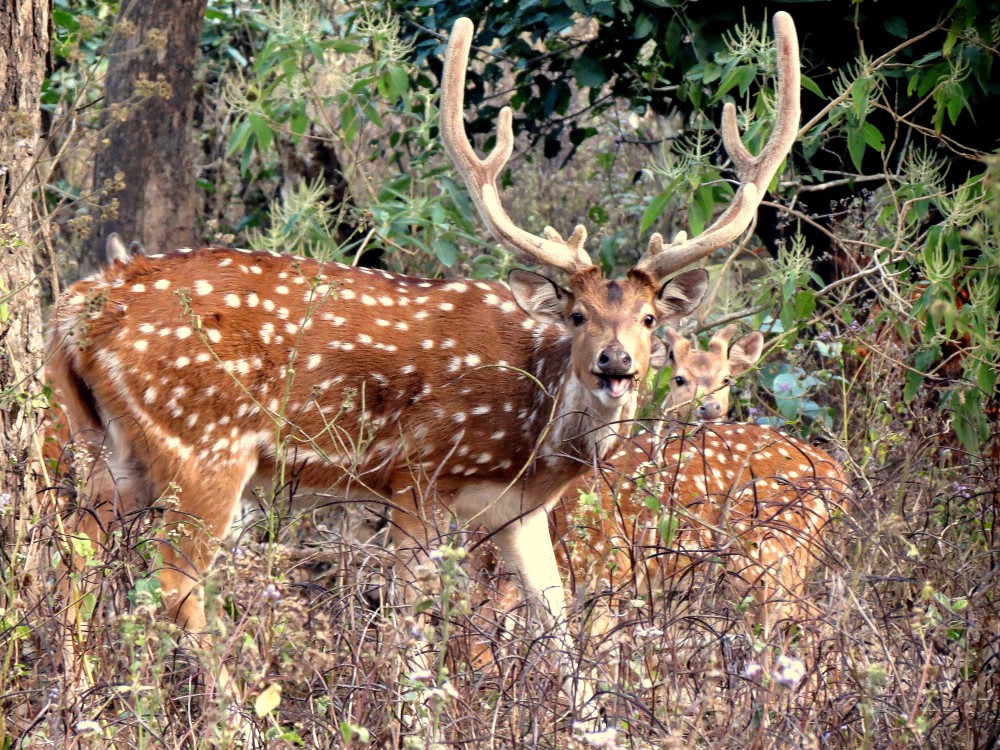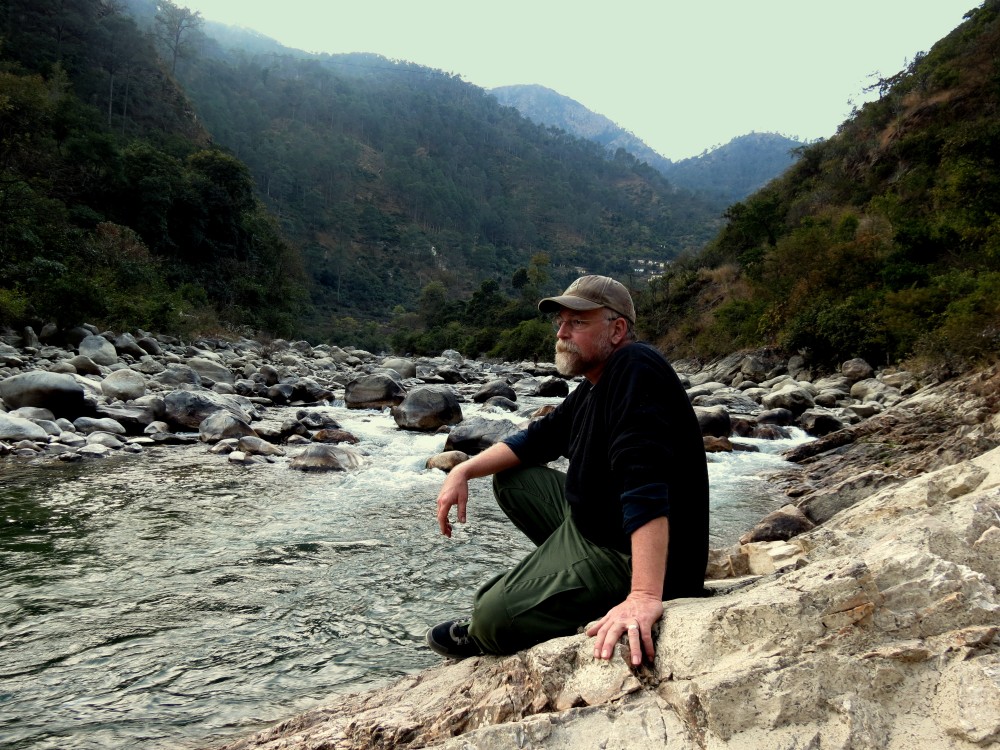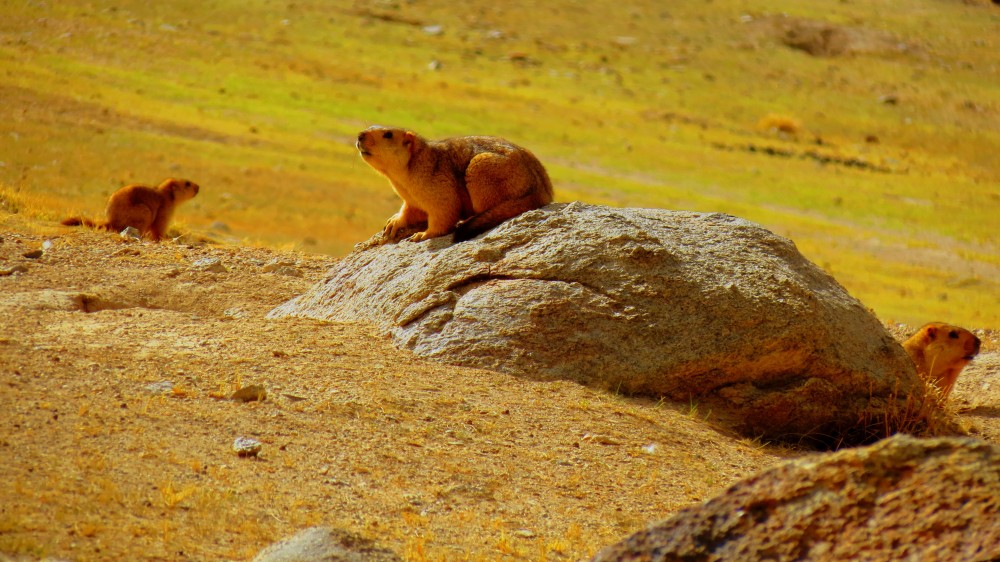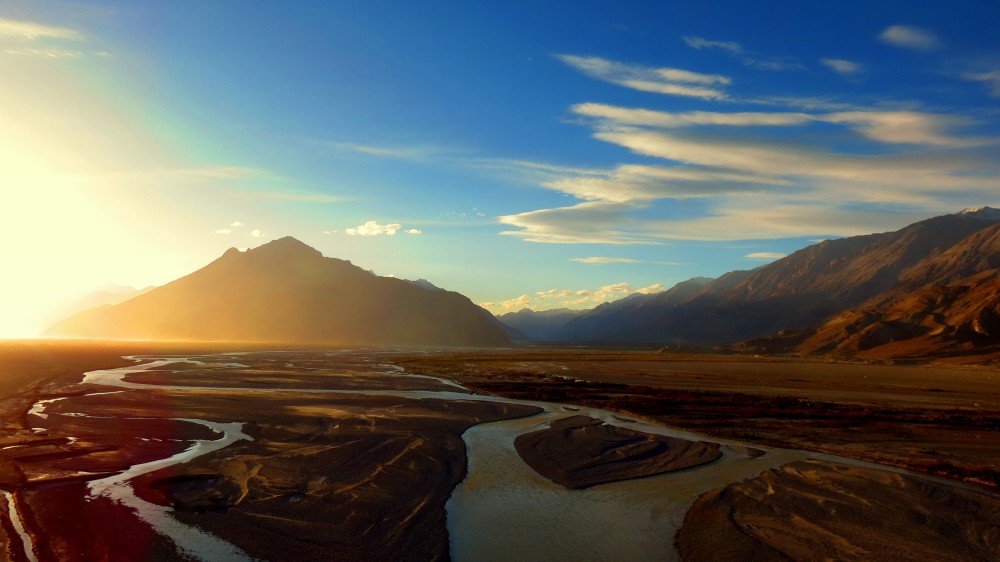Himalayan Trout Fly Fishing
Most of the cold water streams and rivers in the Indian Himalayas have wild Brown Trout.
The best Trout waters are tributaries (feeder streams) to the main rivers in quaint Valleys at an altitude of 4500 ft to 9000 ft. The river valleys offer great sightseeing, indigenous culture, birding and nature walks as other attractions.
Our Trout waters have a higher gradient; the bottom is rocks, pebbles and lined with boulders creating ample structure and breaks for Trout to live and feed from.
Faster water narrows the line of sight for Trout making it necessary to present the flies at an appropriate depth. Due to this reason, we’ve had the most success with swung wet flies and streamers. Indicator Nymphing with bead head Nymphs also works well. However, there are times when the fish are dialed in on a hatch, the best time to use Dry Flies. The best Fly rod to use for Trout fishing in the Himalayas is an 8 ft 4/5 wt. We use clear 8 lb test line as Tippet.
Himalayan Brown Trout are aggressive and elusive at times on the same day. A well-presented offering is often rewarded with an inspection bite, it is extremely important to convert this bite into a hook set, otherwise, be ready to prepared to wait sometime to make the next cast or move on to the next pool.
Our Brown Trout are not Trophy sized but give a good account of themselves when hooked on light tackle. Angling as a Sport, is still at a nascent stage in India so most likely you’ll have the entire stream or river to yourself.
Himalayan Mahseer Fly Fishing
Himalayan Golden Mahseer is a cyprinid species widespread in Spring-fed rivers, Glacial rivers and Lakes in the Lower Himalayan range of the Indian Subcontinent.
Golden Mahseer is the flagship Sport fish of the Indian Himalayas. Mahseer is an indigenous fish which has evolved over centuries to survive the turbulent Himalayan rivers, surviving and spawning in the monsoon months when the river washes everything in its path. Mahseer move upstream swimming against the river current in its highest flows. Mahseer is a vital indicator of the health of the fragile Himalayan river eco-system.
Mahseer are omnivorous fish which readily take anything from algae, insects, frogs, crustaceans and other fish.
The Waters
Spring fed rivers run crystal clear for the most part of the year so you can spot a fish under water, which makes angling both challenging and gratifying.
It is important to maintain a low profile and not let the fish see you, if you’ve managed to locate a school, cast to its side, strip as soon as the fly hits the water. Methodically, cover the pool, tail in and tail out.
A wide variety of nymphs and streamers work well. During afternoon, when the Mahseer are not chasing minnows, we often switch to tandem nymph rigs which induce fish to strike even at odd times. We use 12 to 15lb test tippet for Mahseer.
Although active stripping of nymphs and streamers draws the most strikes, you can very well use a dry fly on a floating line during pre-monsoon low water conditions.
Glacial rivers are fast and voluminous, fly fishing on these rivers demands blind distance casting to prospective pools and pocket water. It is a low numbers game but the Mahseer hooked are usually bigger and fight harder using the current to their advantage.
Start out with a short cast and gradually increase distance with every cast. Target the pools and water around the rapids; it is good idea to use tandem streamers rigs to cover as much water as possible. Dead drifting and swinging streamer flies produces fish.
Himalayan lakes hold trophy fish and are productive in both size and numbers. There is little angling or commercial fishing pressure so the Mahseer are thriving. Big fish from the lakes swim upstream to rivers pre or post monsoons to spawn, following which you can experience consistent river angling.
Best times to fish for Golden Mahseer are the post-spawning runs in April-May and October-November.
The best fly rod to use for Mahseer is a 9 ft 7 wt single handed fly rod with an intermediate shooting head taper fly line. However, there are rivers and destinations where you can use a 6-7 wt double handed fly rod along with a Skagit line system.
Himalayan Golden Mahseer is amongst the most challenging fish species to target with a fly rod. The take of a Mahseer is violent followed by a blistering run, if you manage to hook a decent Mahseer on any tackle; you’ll remember the experience for a lifetime.
Harsh Rana (Guide/Managing Partner)
Himalayan Outfitter
